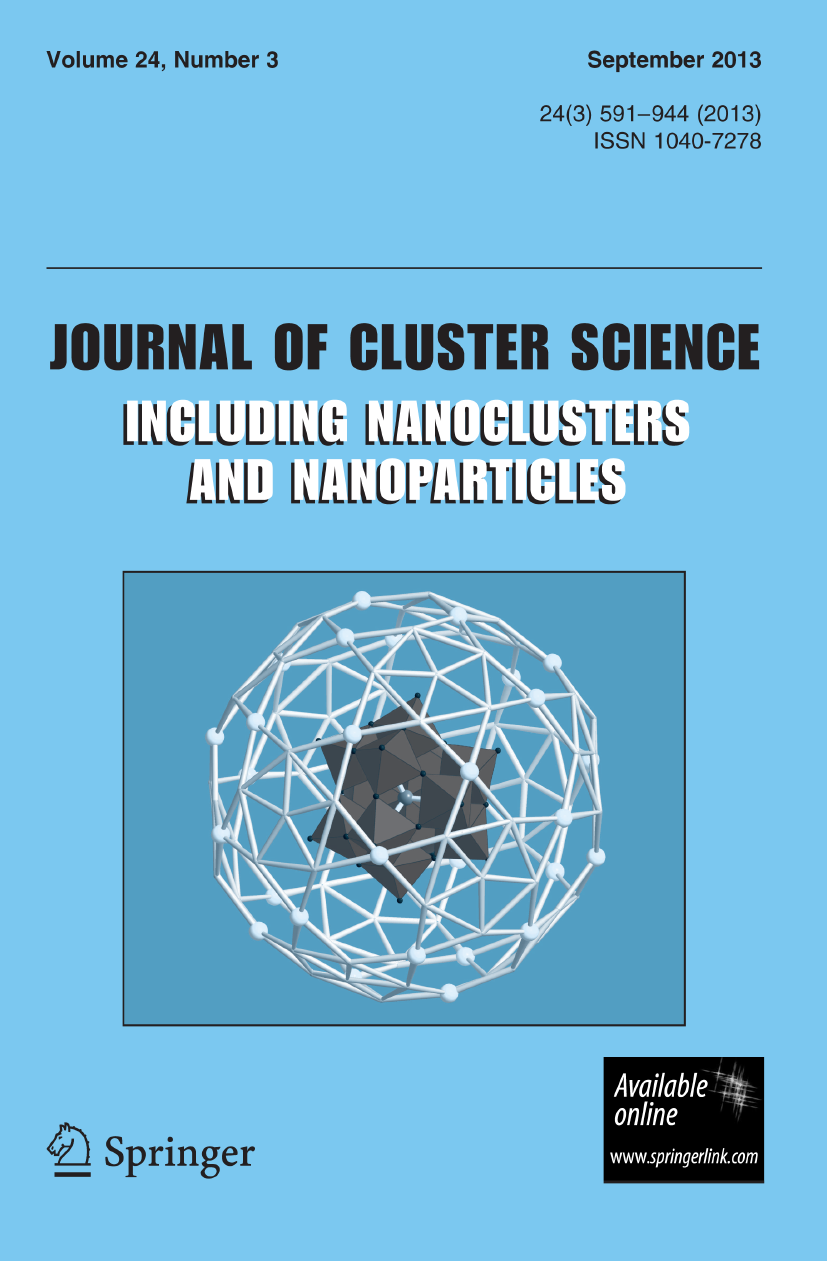Eco-Friendly Fabrication of Cr2V4O13 Nanoparticles: A Promising Material for Photocatalysis, Electrochemical Sensing, and Supercapacitor Applications
Abstract
The rising demand for energy and the adverse effects of pollution on the environments and human health highlight the urgent need for sustainable alternatives. Transition metal oxides are the solution to fulfill future demands. Using a green synthesis approach, this study disclosed a bio-inspired synthesis of chromium tetravanadate nanoparticles (Cr2V4O13 NPs). The high-resolution transmission electron microscopy (HRTEM) and field-emission scanning electron microscopy (FESEM) images confirmed the nano-plate-shaped morphology, and the powder X-ray diffraction (PXRD) pattern showed that the Cr2V4O13 NPs have a monoclinic phase with an average crystallite size of 25.89 nm. In the Fourier transform infrared (FTIR) spectrum, peaks at 802 and 717 cm–1 are linked with the stretching bond of V–O–V, whereas peaks at 644, 524, and 482 cm–1 are associated with Cr–O bond. The optical bandgap of Cr2V4O13 NPs was determined using Tauc’s plot of UV-Vis. study and was found to be 2.22 eV. The photodegradation of Cango Red (CR) and Fuchsin Acid (FA) dyes under UV light irradiation was effectively facilitated by the plant-mediated Cr2V4O13 NPs, exhibited remarkable photodegradation performance of 71.35% and 53.35% in 120 min, respectively. A carbon paste electrode immersed in 0.1N HCl solution was employed to ascertain the electrochemical features of Cr2V4O13 NPs, resulting in the detection of ascorbic acid at a very low 1–5 µM concentration. In cyclic voltammetry evaluation, the Cr2V4O13 NPs showed greater sensitivity at various scan rates. Ascorbic acid was finally shown to have exceptional redox reaction and ascorbic acid detection capabilities when it was used as an analyte. Additionally, the energy storage potential of Cr2V4O13 NPs has been demonstrated by Cyclic Voltammetry (CV) and Galvanostatic Charge-Discharge (GCD) techniques, and specific capacitance was determined as 171 F/g was obtained at the most efficient 5 mV s−1 scan rate having exceptional long-term cyclic stability with approximately 100% Coulombic efficiency after 2000 GCD cycles. These promising outcomes highlight the fascinating potential for high-performance uses of Cr2V4O13 NPs with multifunctionality in diverse applications.

 求助内容:
求助内容: 应助结果提醒方式:
应助结果提醒方式:


